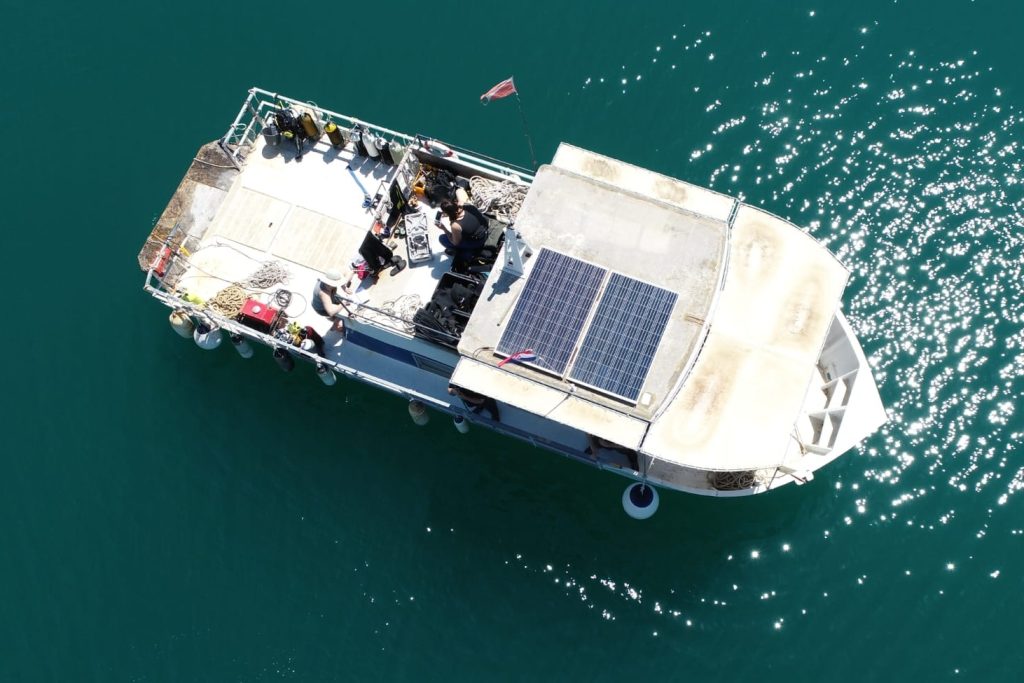An international team of scientists has been conducting underwater scans in the Adriatic Sea off the coast of Croatia, revealing a submerged landscape that was once above sea level thousands of years ago. The investigations are part of the Life on the Edge project, a collaboration between the University of Bradford in the UK and the University of Split in Croatia. Researchers are planning to map parts of the Adriatic and North Sea over the next five years to understand what these landscapes looked like during the Upper Paleolithic period, between 24,000 and 10,000 years ago, when sea levels were lower.
Using high-resolution underwater seismic sensors, the researchers scanned the seabed, revealing a network of streams, rivers, and other geological features that were previously above water. The landscape, preserved in the sheltered area around Split, Croatia, provided more detailed results than expected. This discovery suggests that more people lived in these submerged areas during the Upper Paleolithic than previously thought possible. The team is planning to send divers to inspect some of the surveyed areas later this year to potentially find artifacts that could shed light on human life during that period.
The research aims to gain a better understanding of the Upper Paleolithic period and its archaeology, as most coastlines that would have been inhabited during that time have now been submerged due to rising sea levels. By exploring these underwater landscapes, the team hopes to uncover more about human settlement patterns and cultural practices during this time. The research also seeks to shed light on the role that Croatia played in the prehistory of the Adriatic region, as it was a gateway into Europe with significant cultural importance.
The discovery of a submerged landscape in the Adriatic Sea off the coast of Croatia has provided new insights into the geography of the region during the Upper Paleolithic period. High-resolution underwater seismic sensors have revealed a complex network of streams, rivers, and other geological features that were once above sea level. This finding suggests that more people may have lived in these submerged areas than previously believed, providing opportunities for the preservation of artifacts that could enhance our understanding of human life during that time.
The research team plans to map additional areas of the Adriatic and North Sea in the coming years to further explore the submerged landscapes that existed during the Upper Paleolithic period. By understanding the landscape more clearly, the researchers hope to gain a holistic view of the archaeology and culture of the region. The study of these submerged landscapes also aims to illuminate the role that Croatia played as a gateway into Europe and the impact of rising sea levels on human populations and culture in the region. This research represents a significant advancement in our knowledge of prehistoric landscapes and human history.


